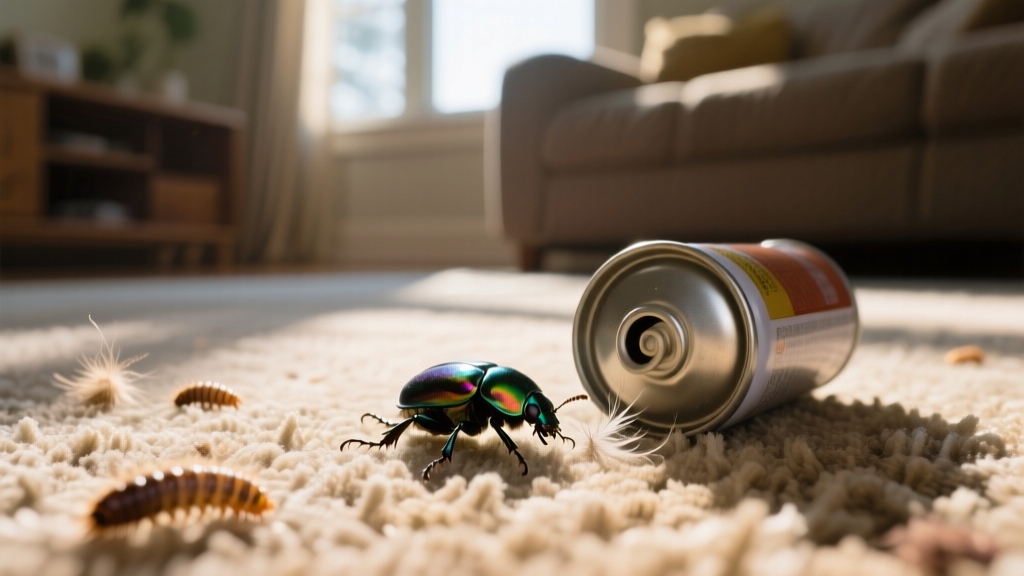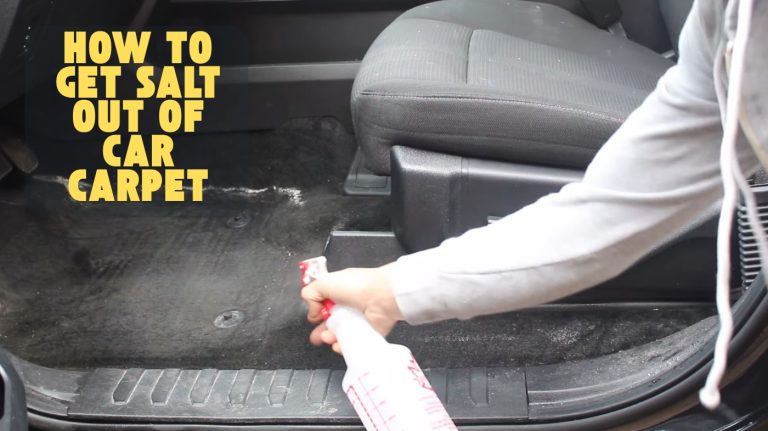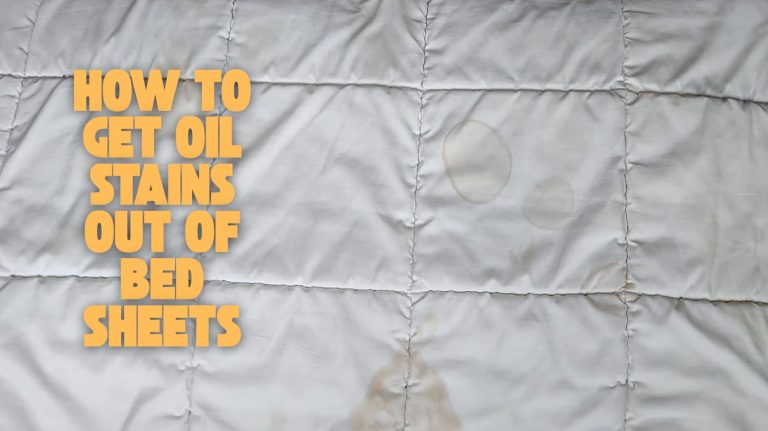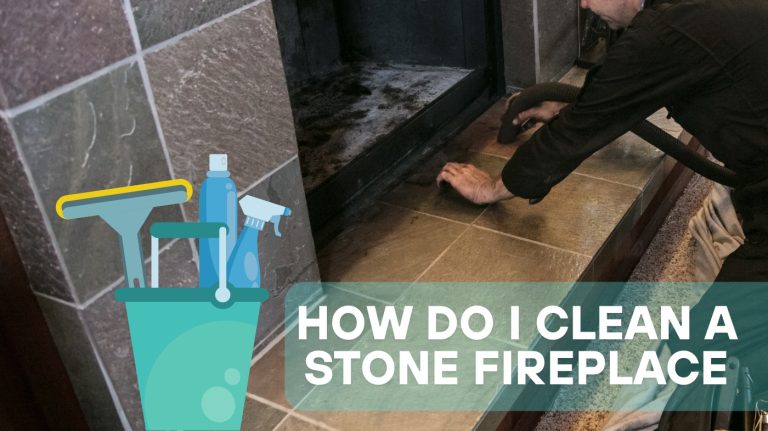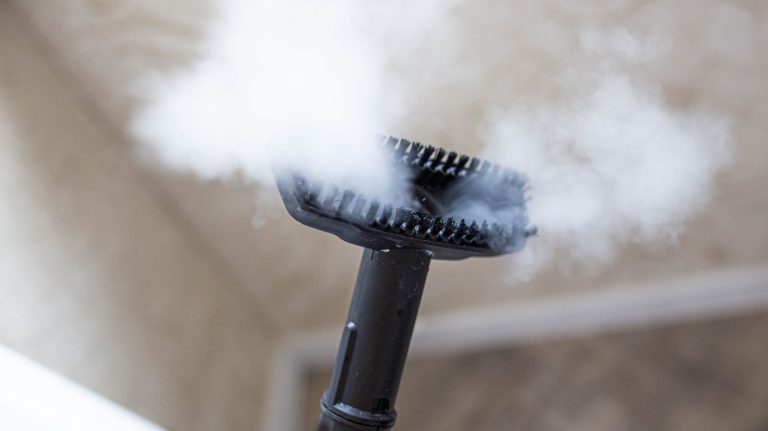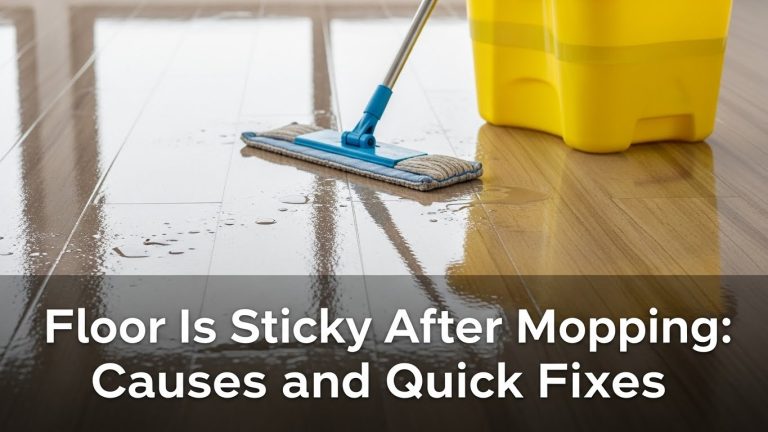Do Bug Bombs Kill Carpet Beetles: Safe and Effective Methods
You can’t rely on bug bombs to kill carpet beetles effectively because their aerosols target only exposed adults and larvae. These foggers can’t penetrate deep crevices, carpets, or furniture where eggs and larvae hide.
Bug bombs leave no residual insecticide, so they don’t disrupt the beetle’s life cycle or prevent reinfestation. For lasting control, you’ll need targeted residual sprays and physical cleaning methods.
Understanding these limitations helps you choose the right approach to eliminate carpet beetles thoroughly.
Key Takeaways
- Bug bombs kill only exposed adult carpet beetles but fail to reach hidden larvae and eggs in cracks or deep fibers.
- Aerosol foggers leave no residual insecticide, so they do not provide ongoing control or prevent reinfestation.
- Carpet beetle larvae’s protective hairs and cryptic habitats reduce fogger effectiveness, limiting insecticide contact.
- Bug bombs often cause larvae to scatter into inaccessible areas, making infestations harder to eliminate.
- Experts recommend residual insecticide sprays and mechanical methods over bug bombs for effective carpet beetle control.
How Bug Bombs Work Against Insects?
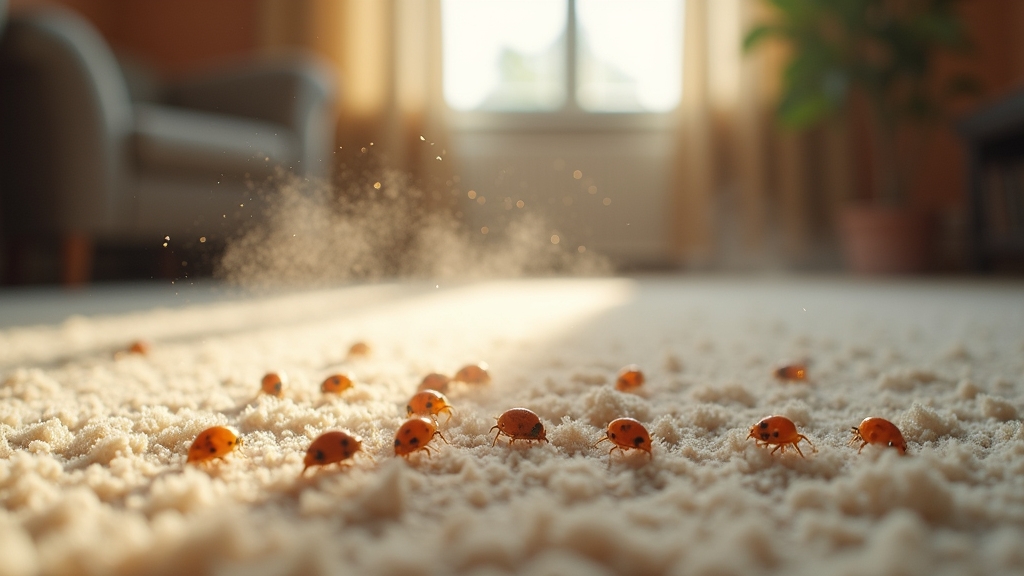
Although bug bombs release insecticidal aerosols designed to kill pests on contact, their effectiveness depends on the chemical composition and delivery method.
Typically, they contain pyrethroids like permethrin or tetramethrin, neurotoxins that disrupt insect nerve impulses, causing paralysis and death when insects are directly exposed.
Proper preparation of the treated area is essential to ensure thorough exposure and avoid missed spots during application, much like the importance of effective cleaning preparation for other maintenance tasks.
These synthetic neurotoxic compounds interfere with sodium channels in insect neurons, halting nerve signal transmission. Piperonyl butoxide often enhances pyrethroid potency by inhibiting insect detoxification enzymes.
Synthetic neurotoxins disrupt insect nerve signals, while piperonyl butoxide boosts pyrethroid effectiveness by blocking detox enzymes.
Bug bombs disperse aerosols that settle on exposed surfaces, targeting insects in open areas. Some formulations include insect growth regulators (IGRs) that inhibit larval development, interrupting pest reproduction.
However, these aerosols don’t penetrate cracks or crevices, limiting contact with hidden insects. Proper application guarantees maximum coverage, maximizing neurotoxic effects on insects exposed to the insecticidal mist. Despite this, foggers may leave some pests alive due to incomplete elimination, often requiring additional treatments for full control.
Limitations of Bug Bombs for Carpet Beetle Control
Because bug bombs disperse insecticides as aerosol fogs primarily into open airspaces, they struggle to reach carpet beetles hidden within cracks, crevices, drawers, and closets.
The aerosol droplets seldom penetrate these secluded areas where larvae and adults reside, limiting contact efficacy. Bug bombs also fail to impact eggs and deeply embedded larvae, which require direct, targeted insecticide applications or growth regulators for effective control.
Safety constraints, including evacuation during use and ventilation afterward, restrict repeated treatments, reducing practicality for heavy infestations.
Additionally, bug bombs lack residual insecticidal action, allowing surviving beetles to repopulate treated areas rapidly. Proper safety precautions are essential to protect occupants during and after treatment.
Furthermore, the ingredients in foggers tend to be repellent, causing pests to scatter and move deeper into hard-to-reach areas, which diminishes their overall effectiveness. Limited effectiveness
Consequently, relying solely on foggers often results in incomplete elimination and reinfestation. This underscores the importance of integrated pest management and spot treatments tailored to carpet beetle behavior and habitat.
Carpet Beetle Life Cycle and Vulnerability to Foggers
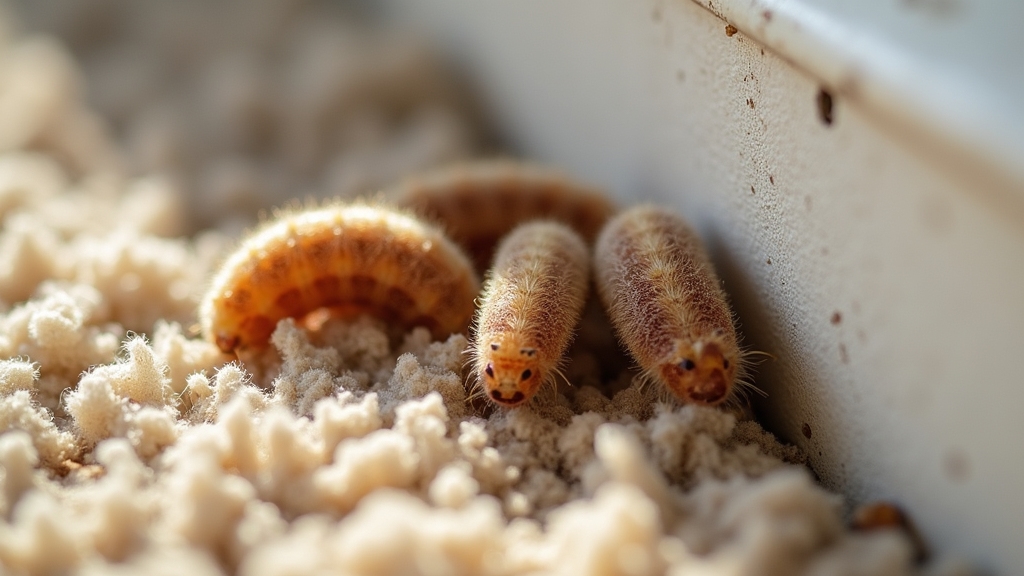
When you consider the carpet beetle’s complete metamorphosis from egg to larva, pupa, and adult, you’ll see that each stage presents different levels of vulnerability to foggers. Eggs, often laid in hidden cracks near food sources, resist foggers due to limited exposure and require residual insecticides for control.
Larvae, the primary damaging stage, inhabit dark, protected areas like under furniture or inside closets, which fogger aerosols rarely penetrate thoroughly. Their concealed habitats make it difficult for surface treatments alone to achieve effective pest control.
Pupae remain immobile within cocoons tucked in fabric folds, further shielding them. Adults, being mobile and often outdoors or near windows, are more exposed and susceptible during flight or rest.
Adult beetles also feed outdoors on pollen, especially on white or cream-colored flowers, which can lead to new infestations indoors. Given the larvae’s long duration and concealed habitats, relying solely on foggers is insufficient to disrupt the life cycle effectively.
Recommended Chemical Alternatives for Carpet Beetles
Foggers alone rarely reach the hidden habitats of carpet beetle larvae and pupae, so you’ll need targeted chemical treatments to effectively manage infestations. For best results, combine chemical treatments with regular cleaning routines to reduce beetle food sources and habitats.
Boric acid powder disrupts their nervous system and dehydrates larvae and adults; apply it carefully in cracks, avoiding children and pets. Pyrethroid-based insecticides like cyfluthrin and deltamethrin work well when sprayed along carpet edges and furniture undersides, but require ventilation and safety adherence.
It is important to follow manufacturer instructions to ensure safe and effective use. Dinotefuran products provide rapid knockdown and residual control, ideal for persistent infestations, applied as spot treatments.
For a non-toxic option, food-grade diatomaceous earth mechanically dehydrates larvae and crawling beetles; leave it for 48 hours before vacuuming. Natural repellents such as peppermint oil sprays deter entry but lack residual killing power, so they best complement more potent chemicals rather than replace them.
Effectiveness of Residual Insecticide Sprays
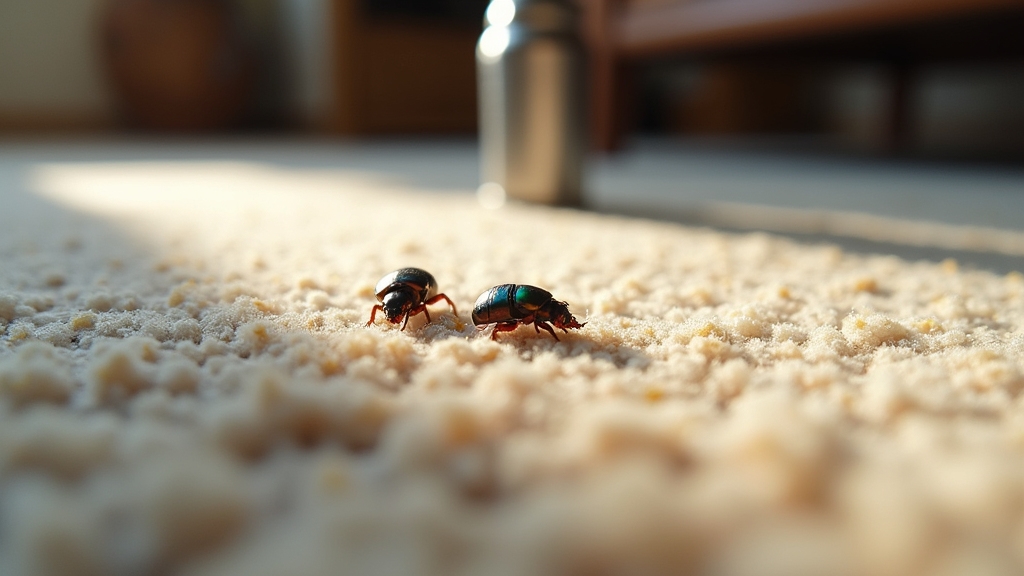
Although residual insecticide sprays form a key component in managing carpet beetle infestations, their effectiveness varies especially between life stages.
Adults are generally more susceptible, with organophosphorous, carbamate, and pyrethroid insecticides providing rapid knockdown and significant mortality when applied consistently to non-fabric surfaces like baseboards and closets.
Proper application techniques enhance the contact of insecticides with beetle habitats, improving control outcomes. Adult carpet beetles respond well to organophosphorous, carbamate, and pyrethroid sprays on non-fabric surfaces.
Larvae, however, exhibit limited susceptibility; they often recover from initial knockdown, requiring prolonged exposure over several weeks for increased mortality.
Effectiveness depends on chemical type, concentration, and exposure duration. Many larvae originate from bird nests located near museum buildings, which serve as primary sources of infestation.
Pyrethroid-based sprays offer long residual activity, but products like Zenprox maintain efficacy indoors for only about four days. Proper application in cracks, crevices, and under furniture, coupled with re-treatment at recommended intervals, is critical.
Despite these measures, residual sprays alone rarely eliminate heavy infestations due to larvae behavior and potential resistance development.
Role of Insecticide Dusts and Natural Agents
You know, insecticide dusts like diatomaceous earth can be really effective when it comes to tackling those pesky carpet beetles. They tend to hide in those hard-to-reach cracks and crevices, and the dust provides longer-lasting control compared to sprays or foggers.
Unlike foggers, which only kill exposed insects during application and leave no residual insecticide behind, dusts continue working over time. Proper ventilation after treatment helps disperse any lingering dust particles and reduces inhalation risks.
Now, if you’re looking for something a bit more natural, repellents like cedar or neem oils can also help. They do a decent job at deterring pests, but just keep in mind that you usually need to reapply them more often to keep them working effectively.
Ensuring good airflow when using these agents can improve their efficacy and minimize any potential respiratory irritation.
Benefits of Insecticide Dusts
When targeting carpet beetles in hard-to-reach spaces like attics or wall voids, insecticide dusts offer a distinct advantage. They penetrate cracks and crevices where larvae and adults hide, ensuring thorough treatment of hidden infestations.
Dusts such as silica aerogel and diatomaceous earth provide mechanical desiccation, abrading and dehydrating beetles. They’re especially effective under low humidity. Unlike liquid insecticides, dusts deliver prolonged residual activity without staining or damaging fabrics. This makes them ideal for delicate rugs and upholstery.
Their localized application minimizes risk to pets and plants and reduces re-application frequency, enhancing control duration. However, you must apply dusts carefully to avoid respiratory irritation and follow label safety measures.
In addition, dusts can be applied in areas where insecticide sprays are not recommended, such as beneath heavy furniture and along carpet edges, to target hidden larvae and cast skins effectively. Using tools with ergonomic handles can help apply dusts precisely in narrow and hard-to-reach spaces while reducing user fatigue.
Natural Repellents Usage
Since carpet beetles thrive in hidden and protected environments, employing natural repellents alongside insecticide dusts can enhance control efforts. This approach disrupts their habitat and behavior. Use gentle application methods to avoid damaging household surfaces.
Essential oils like lavender and neem interfere with beetle colonization when diluted and sprayed on infested areas. Vinegar-soap solutions destroy eggs and larvae through acidity and surface sanitation.
Additionally, frequent vacuuming removes eggs, larvae, and adults from carpets and upholstery, significantly reducing infestation levels. Heat treatments kill all life stages on fabrics without chemical residues. Frequent vacuuming removes pests and debris, while cedar chips deter infestation in storage.
| Natural Agent | Function |
|---|---|
| Essential Oils | Behavioral disruption, repellency |
| Vinegar & Soap | Egg/larvae destruction, cleaning |
| Heat Treatment | Complete life stage eradication |
Importance of Mechanical Cleaning in Beetle Management
Although chemical treatments can target carpet beetles, mechanical cleaning remains essential for effective management. It physically removes beetles, larvae, eggs, and their food sources from infested areas.
Proper identification is essential for effective treatment and ensuring the right cleaning methods are applied. Regular maintenance using non-abrasive tools and thorough cleaning helps prevent reinfestations by eliminating residues that attract beetles.
You should prioritize vacuuming, steam cleaning, and fabric treatment to thoroughly disrupt the beetle life cycle.
- Vacuuming: Focus on corners, edges, under furniture, and vehicle interiors. Empty bags immediately outside to avoid reinfestation.
- Steam Cleaning: Use high heat and moisture to kill eggs and larvae in deep fabrics and carpets. This prevents hidden infestations.
- Washing and Freezing: Launder infested textiles at high temperatures or freeze small items sealed in plastic to eliminate all beetle stages.
Safety Tips When Using Chemical Treatments
When you’re using chemical treatments, it’s super important to ensure proper ventilation. Ideally, you should vacate the area for at least four hours and then air it out for about 20 minutes before heading back in. This helps to keep the air safe and fresh, especially since improper use can increase inhalation risks.
Also, make sure to always follow the label instructions on your pesticide containers. They’re there for a reason! Applying the correct dosage is key to preventing harmful exposure and ensuring the treatment works effectively.
Boric acid, a least-toxic option, can be applied into cracks and crevices in severe infestations but only after non-chemical methods have been attempted least-toxic chemical options. If you skip these steps, you might increase inhalation risks and find that the treatment doesn’t work as well as it should.
Proper Ventilation Practices
Effective ventilation plays a crucial role in guaranteeing safety during chemical treatments, such as using bug bombs to eliminate carpet beetles. You need to prevent toxic vapor buildup by ensuring continuous mechanical airflow that directs fumes away from breathing zones.
Relying on natural ventilation alone is insufficient in enclosed spaces. For indoor chemical storage or treatment areas, ventilation systems are often designed to operate continuously to maintain safe air quality levels, as recommended in Group H Exhaust System guidelines.
To maintain proper ventilation, follow these guidelines:
- Use local exhaust ventilation or mechanical fans near the treatment area to capture and expel chemical vapors promptly.
- Achieve at least six air changes per hour for general safety, increasing to 7–12 if chemical concentrations are high or handling is frequent.
- After treatment, ventilate rooms by opening exterior doors and windows combined with fans to rapidly clear residual vapors and reduce inhalation risks.
Following Label Instructions
A bug bomb’s label provides critical instructions designed to maximize safety and efficacy during use. You must follow these directions closely to avoid health risks from toxic chemicals such as carbamates.
This will also ensure effective pest control. It is important to note that bug bombs offer only short-term relief and do not provide long-lasting pest control.
Labels specify safe active ingredients, re-entry times, and precautions like removing people, pets, and food. Ignoring these can cause contamination, ineffective treatment, or damage to household items.
| Label Instruction | Purpose |
|---|---|
| Remove occupants | Prevent chemical exposure |
| Cover/remove items | Avoid contamination |
| Turn off pilot lights | Prevent ignition of flammable aerosols |
| Ventilate thoroughly | Clear residual chemicals before re-entry |
Integrating Multiple Methods for Long-Term Control
Since carpet beetles exhibit complex life cycles and hidden nesting behaviors, relying on a single control method rarely achieves lasting eradication. Integrating chemical, physical, and natural strategies guarantees thorough management. You need to combine these approaches for sustained results:
- Apply targeted insecticides with insect growth regulators monthly for 4–6 months, focusing on carpet edges, baseboards, and cracks to disrupt adult and egg stages. Larvae, which cause the most damage by feeding on natural fibers, are often found in dark, undisturbed areas.
- Use steam cleaning and vacuuming rigorously to physically eliminate larvae and eggs, supplementing chemical treatments with mechanical removal.
- Employ natural agents like boric acid or diatomaceous earth. Maintain strict sanitation to reduce food sources and deter reinfestation.
Expert Opinions on Bug Bomb Use for Carpet Beetles
Hey there! So, when it comes to dealing with carpet beetles, it’s important to know that experts are pretty much on the same page. Bug bombs, or foggers, really only take out the adult beetles that are out in the open when you use them.
Unfortunately, that means the larvae and eggs are still around, and they can keep the infestation going. Carpet beetle larvae often hide in cracks and corners, making it difficult for foggers to reach them effectively hidden larvae.
What do pest control pros suggest instead? Well, they recommend going for targeted treatments using residual insecticides. Plus, a good, thorough vacuuming can really help get rid of those hidden stages of the beetles.
Effectiveness Against Larvae
How well do bug bombs perform against carpet beetle larvae? Unfortunately, their effectiveness is limited.
Larvae live deep within carpet fibers and concealed crevices, where bug bomb vapors struggle to penetrate adequately. Their protective hairs further reduce fumigant contact, making foggers largely ineffective.
Consider these key points:
- Bug bombs generate aerosol vapors that require airtight conditions to reach lethal concentrations, which are rarely achieved in typical home environments.
- Vapors settle quickly without residual activity, leaving newly hatched larvae unharmed and allowing reinfestation.
- Larvae’s cryptic habitats shield them from airborne insecticides, so foggers mainly impact adult beetles, not larvae.
Because of these factors, relying solely on bug bombs won’t disrupt the larvae’s life cycle or eliminate infestations effectively. Signs include bare spots, holes in clothing, and pinholes in books, so visible damage often continues despite fogger use. Targeted mechanical and chemical treatments remain essential for comprehensive larvae control.
Expert Pest Control Advice
Bug bombs only kill adult beetles exposed during fogging, leaving eggs and pupae untouched and protected. They lack residual action, so no pesticide remains active to prevent reinfestation.
Experts label foggers as ineffective because they don’t penetrate cracks, crevices, or beneath carpets where larvae hide.
Instead, professionals recommend thorough vacuuming to remove beetles and larvae, targeted residual insecticide applications to breeding sites, and insect growth regulators to disrupt development.
Physical removal of infested materials and laundering also eliminate hidden stages. Bug bombs may provide temporary knockdown in acute infestations but should never be the sole treatment.
For effective, long-term control, integrate mechanical cleaning with precise chemical treatments rather than relying on bug bombs alone.
Frequently Asked Questions
Can Bug Bombs Cause Damage to Household Items Besides Carpets?
Yes, bug bombs can damage household items beyond carpets. They deposit chemical residues that may stain or discolor walls, fabrics, and wooden furniture, especially antiques. Electronics risk corrosion and malfunction if fog infiltrates internal components.
Upholstery fibers can become brittle, and plastic housings may degrade. To protect your belongings, remove or cover sensitive items, ventilate thoroughly, and limit fogger use. Repeated exposure increases the risk of long-term material deterioration.
Are Bug Bombs Safe to Use Around Pets and Children?
No, bug bombs aren’t safe to use around pets and children. They release high concentrations of insecticides and solvents that linger in the air and on surfaces, posing inhalation and skin contact risks.
You need to remove pets and kids during treatment and guarantee thorough ventilation afterward. Residual chemicals can cause respiratory issues, skin irritation, or neurological effects, especially in sensitive animals and young children who frequently contact treated areas.
How Long Should I Stay Out of the House After Using a Bug Bomb?
You should stay out of your house for at least 2 to 4 hours after deploying a bug bomb, following the specific product label instructions. Confirm the fogger has fully dispersed and the insecticide has dried before re-entry.
After this period, ventilate your home thoroughly for 1 to 2 hours to remove chemical residues and odors. This minimizes inhalation risks and protects sensitive individuals like children and pets.
Do Bug Bombs Leave Any Residue or Odors After Use?
Bug bombs don’t leave any residue on surfaces after use because their insecticides dissipate once the fog clears. You won’t need to wash anything to remove leftover chemicals since there’s no persistent film.
However, you’ll notice a chemical odor during and shortly after application, but proper ventilation usually eliminates this smell within hours.
Can Bug Bombs Be Used in Combination With Professional Pest Control Services?
Think of bug bombs as a quick rain shower before a steady downpour. Yes, you can use bug bombs with professional pest control services, but only as a short-term knockdown method.
Professionals rely on targeted sprays with residual action for lasting control. Coordinate timing to avoid chemical interference, and never substitute bug bombs for thorough treatments. Proper sanitation and habitat modification remain essential for effective carpet beetle eradication.
Integrated Treatment: The Key to Long-Term Beetle Control
While bug bombs can reduce some adult carpet beetles, they rarely reach larvae hidden deep in carpets or furniture, limiting their effectiveness. Would you rely solely on a fogger when mechanical cleaning and targeted residual sprays offer better control?
For thorough management, combine chemical treatments with vacuuming and laundering. This integrated approach addresses all life stages, ensuring long-term success. Always follow safety guidelines to protect yourself and your environment during treatment.

